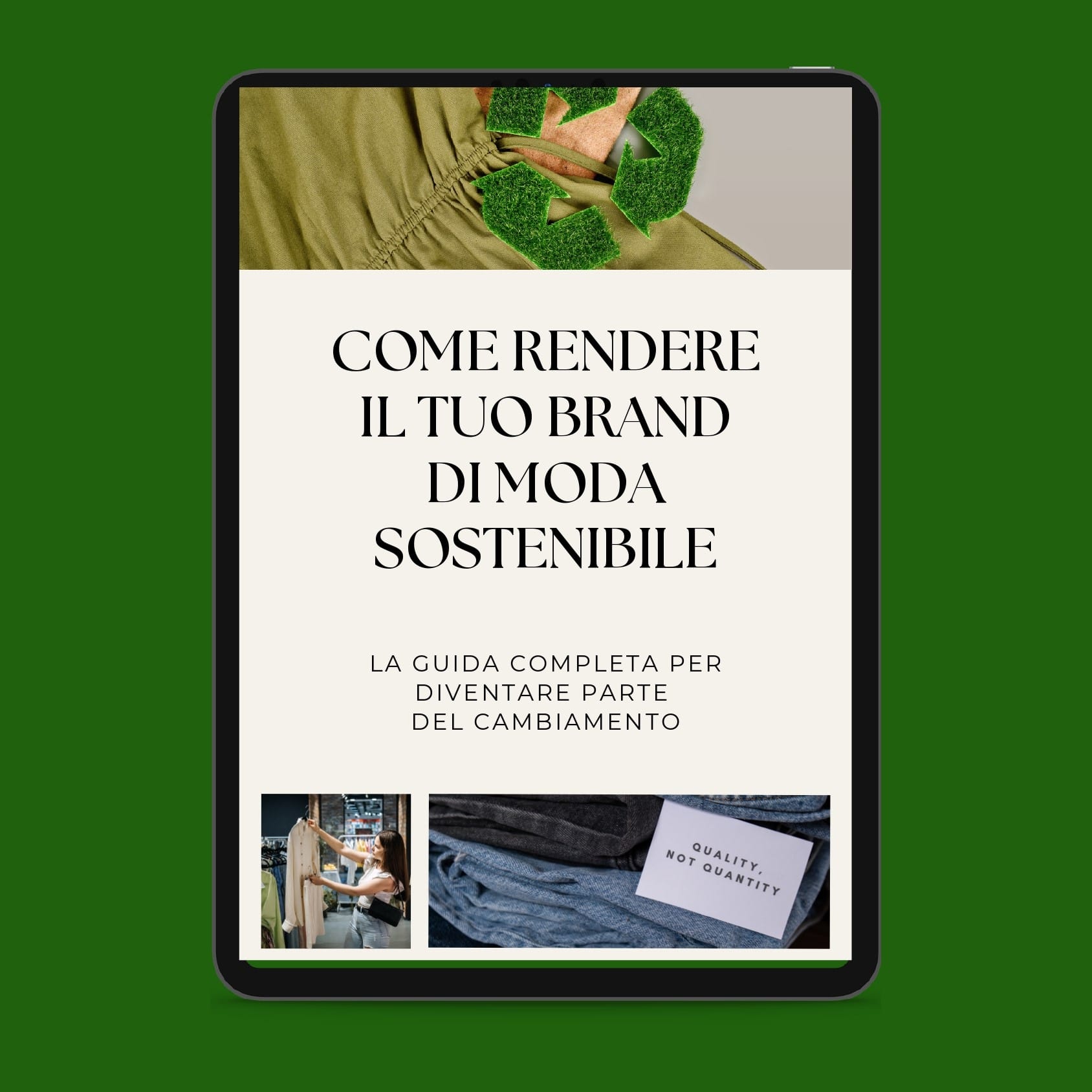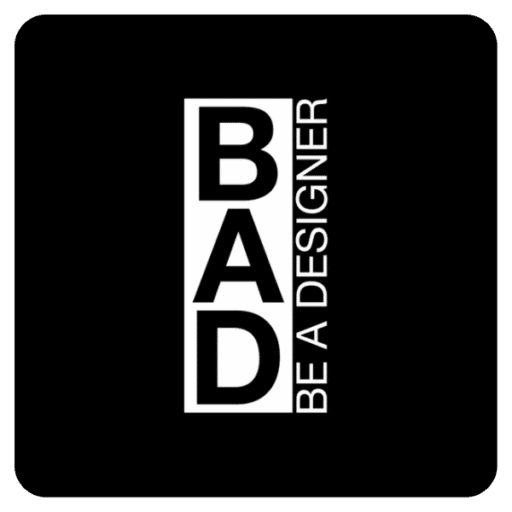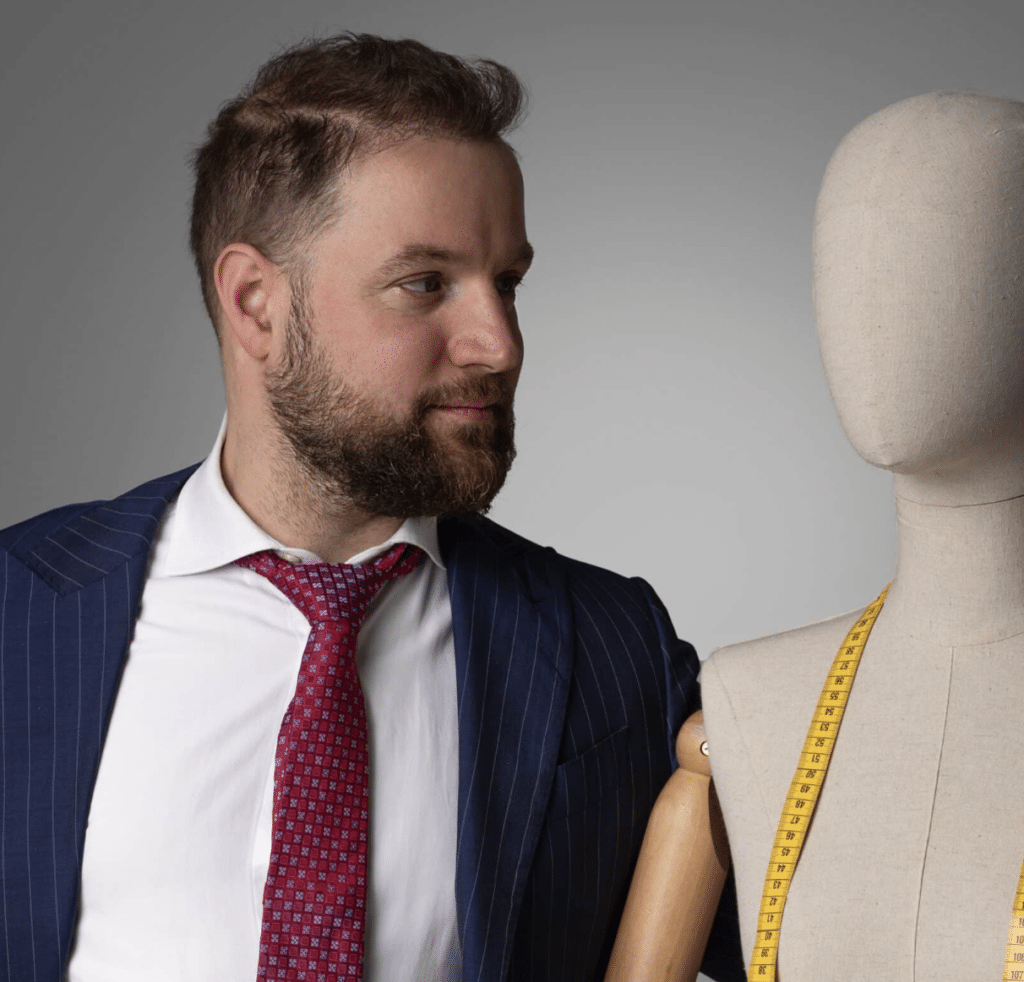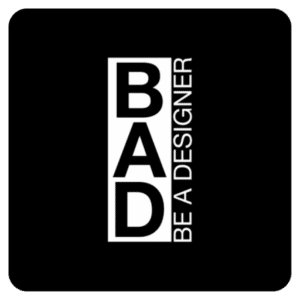It is no longer enough to be green to be truly sustainable. Today, emerging fashion brands are faced with a real choice: continue to produce as usual or becoming part of the changebuilding something that will leave its mark on the market (and the world). But where do you start?
This article is for those who want to get serious. We will guide you through practical strategies, innovative materials and low-impact production processes to help you build a brand that is not only beautiful to look at, but also ethical to support. And we will do so with an extra ally: the BAD methoda tailor-made approach to turn good intentions into an authentic, consistent and competitive brand identity.
What is meant by sustainable fashion
When we talk about sustainable fashion, we are not just referring to the use of eco-friendly fabrics. It is about rethinking the?entire production modelfrom conception to distribution. It means designing clothes that last, choosing responsible suppliers, reducing waste and limiting the impact on the environment. But also guaranteeing ethical working conditions and building a brand with solid and transparent values. In practice, it is an approach that combines creativity and awareness to make fashion smarter and more responsible.
For an emerging brand to adopt this model is not only a question of ethics, but also of positioning and visual identity. Consumers today are more attentive, demand transparency and reward companies that demonstrate consistency between what they communicate and what they do. Being sustainable can therefore become an important distinguishing feature, capable of strengthening public trust and loyalty.
In addition, choosing sustainability helps to optimise resources, create more targeted collections and have a greater control over the supply chain. In a market where speed and quantity have often overshadowed quality, sustainable fashion offers an alternative path: slower, but more solid and durable. Adopting this approach requires commitment, but represents a long-term investment in the brand credibility.
How to create a sustainable brand
Building a sustainable brand means making conscious decisions from day one. It is not just about adopting sustainable materials, but building a coherent identity in every detail: from materials to suppliers, from production processes to the way you communicate with your audience. Every choice must reflect the values of the brand, with transparency and consistency. Sustainability, if well integrated, is not a creative limitation, but a strategic lever that can truly distinguish your brand in the marketplace.
Want to delve into all the steps to build a fashion brand from scratch, with a solid and coherent vision?
Sustainable and innovative materials: which ones to choose and why
The choice of materials is one of the most important aspects for a brand wishing to embrace sustainability. A fabric is not only an aesthetic or functional component, but also tells the story and values of the brand. Using environmentally friendly fibres means reducing the environmental impact right from the sourcing stage, avoiding harmful chemicals and excessive consumption of water and energy. Here are some of the most effective options to consider:
- Organic cottongrown without pesticides or chemical fertilisers, it is safer for the environment and for the wearer.
- Tencel and modalfibres made from the cellulose of trees, produced with low water and chemical consumption processes.
- Recycled fabricssuch as polyester derived from PET bottles, which contributes to reducing plastic waste and the consumption of virgin resources.
Low-impact production processes to reduce waste
In addition to materials, the way garments are made also has a significant impact on a brand's environmental impact. By implementing efficient and responsible production processes, waste can be reduced and the entire supply chain made more sustainable. A conscious approach to production not only reduces pollution, but also helps to contain costs and increase the perceived value of the product.
A sustainable production system includes:
- Production on demand or in small quantities to avoid inventories and overproduction.
- Use of renewable energy in laboratoriessuch as photovoltaics or wind power, to reduce emissions.
- Optimising cuts through software and advanced pattern-making techniques to reduce fabric waste.
Green packaging and logistics: solutions for less impact
Packaging and logistics are also key elements to be optimised with a view to sustainability. They are often overlooked but can be a major source of environmental impact: environmentally friendly packaging not only reduces the use of resources but consistently communicates the brand's commitment to sustainability.
Here are some good practices to adopt:
- Uses compostable or recycled materialssuch as recycled paper, bioplastics or FSC-certified cartons.
- Reduce parcel sizeto optimise transport and reduce shipping emissions.
- Partnering with low-impact couriersusing electric vehicles or practising emission offsetting policies.
Storytelling and marketing: how to communicate your brand sustainability
In addition to adopting sustainable practices, one must know how to communicate them in an authentic, clear and engaging way. Consumers today seek transparency, they want to know the origin of products, the materials used and the ethical choices of the brand. Well-structured storytelling can strengthening the customer relationship and differentiate the brand in an increasingly crowded market.
Here are some practical tips for communicating effectively:
- Tell about your production process and sustainable choicesthrough blogs, interviews and behind the scenes.
- Create educational and engaging content on social mediaexplaining the value of your green choices.
- Place environmental certifications on the siteto give more credibility and reassure the consumer.
Read more in our article on marketing for fashion.
How the BAD method can help you create a sustainable brand
Integrating sustainability into your brand is not easy, especially when you are just starting out. That is why the BAD method (Be A Designer) is designed to accompany you step by step along a structured and concrete path that combines creative vision, environmental care and entrepreneurial solidity.
With this approach, you can build a sustainable brand from the ground up, making consistent choices at every stage of the process.
Here is how the BAD method can make a difference:
- Definition of brand and values: allows you to clarify the identity of your project, emphasising principles such as transparency, accountability and durability.
- Design and choice of materials: facilitates the selection of sustainable fabrics and suppliers in line with your brand values, focusing on quality and traceability.
- Conscious production: encourages a lean production model, in small quantities or on demand, to reduce waste and overproduction.
- Communication and storytelling: offers tools to create an authentic narrative that conveys your green commitment in a clear and coherent manner.
- Distribution and digital marketing: supports the choice of the most effective channels to promote your sustainable brand, with targeted digital strategies consistent with your values
The BAD method gives you a 360° view, which is indispensable to turn sustainability into a strategic asset, and not just a label. If you want to build a circular, ethical and competitive brand, this is the ideal starting point.
Find out more about the BAD method.
















